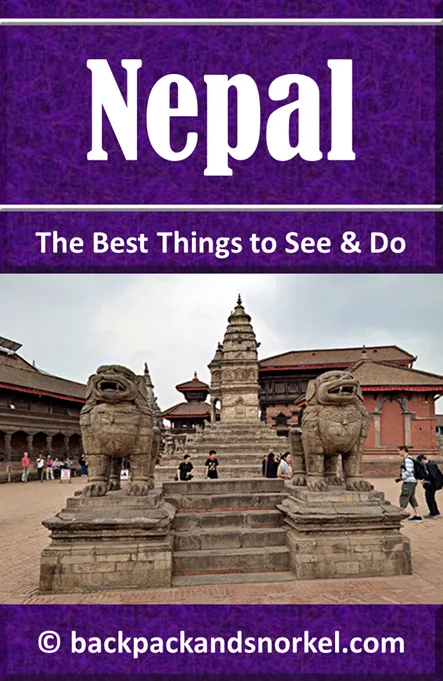The Ashok Stupas of Patan: A Complete Guide to Location and Significance - Nepal Purple Travel Guide
(map, reviews)
This is Premium Content! To access it, please download our
Backpack and Snorkel Purple Travel GuideThe name Ashok Stupa comes from Emperor Ashoka, the 3rd-century BCE Mauryan ruler of India who played a pivotal role in spreading Buddhism across South Asia. According to local tradition, Ashoka visited the Kathmandu Valley with his daughter Charumati in 250 BC, and during his stay, he erected five stupas at the cardinal points of Patan and the center of Patan to mark the presence of Buddhism in the region.
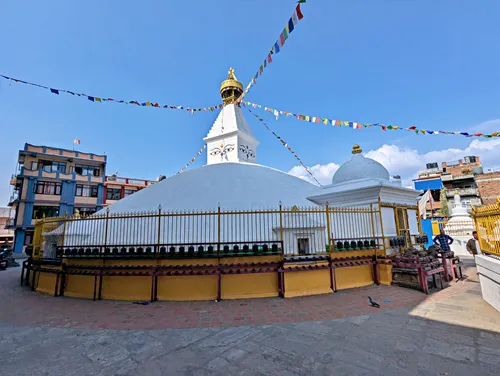
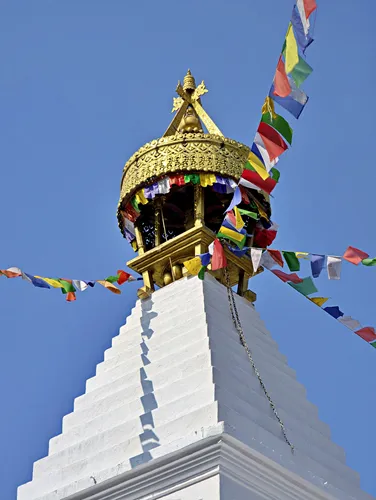
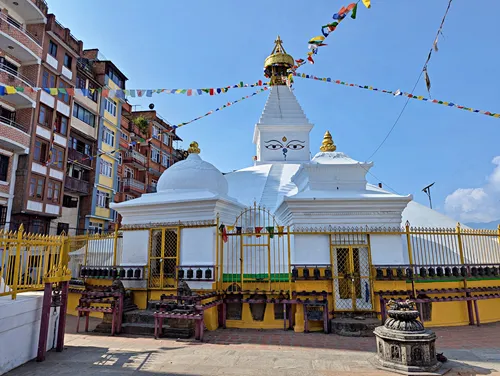
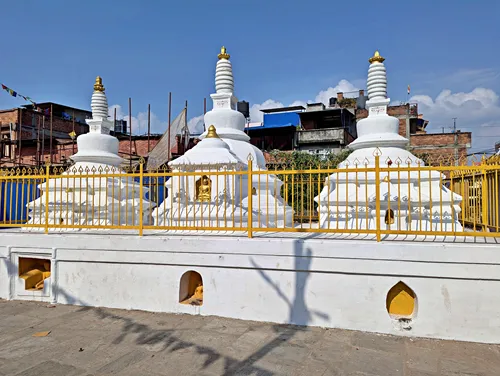
Here at Backpack and Snorkel Travel Guides, we typically promote self-guided walking tours.
But we realize that not everybody likes to walk by themselves in a foreign city. So, just in case that you rather go with ab guide: NO PROBLEM! Please see the Viator tours below.
free GuruWalk tours
paid Viator tours
Locations of the 5 Ashoka Stupas
To avoid any confusion, the stupa that is nowadays called Ashok Stupa is the Northern Ashoka Stupa, one of 5 Ashoka Stupas that are located in Patan.
The Five Ashoka Stupas of Patan (Lalitpur) are:
Teta (Eastern Stupa) - Located in Gwarko.
Pulchowk (Western Stupa) - Located in Pulchowk.
Lagankhel (Southern Stupa) - Located in Lagankhel.
Ibahi (Northern Stupa) - Located in Teta Bahi area, often referred to as Ashok Stupa.
Patan Durbar Square (Central Stupa) - This stupa may not exist anymore. Some scholars believe that a now lost or rebuilt stupa existed near or at the site of Hiranya Varna Mahavihar or another central point in Patan.
Ashoka Stupa: A Place of Worship and Peace
Though not as grand or ornate as Boudhanath Stupa or Swayambhunath, the Ashok Stupa holds a special place in the hearts of locals. Surrounded by residential buildings and small shrines, it remains a living monument — still used by the community for prayer, meditation, and small-scale rituals. Devotees often walk around the stupa in a clockwise direction, spinning prayer wheels and reciting mantras.
Historical and Cultural Significance of the Ashoka Stupas
The stupa is thought to have been built around the 3rd century BC, though its current form reflects periodic restorations over the centuries. Its simple hemispherical dome, square harmika, and central spire follow the traditional Buddhist architectural style. The site is not only spiritually important, but also serves as a symbol of Nepal’s early links to Indian Buddhist traditions.
Back to your self-guided tour
Author: Rudy at Backpack and Snorkel
Bio: Owner of Backpack and Snorkel Travel Guides. We create in-depth guides to help you plan unforgettable vacations around the world.
Other popular Purple Travel Guides you may be interested in:
Like this Backpack and Snorkel Purple Travel Guide? Pin these for later:



